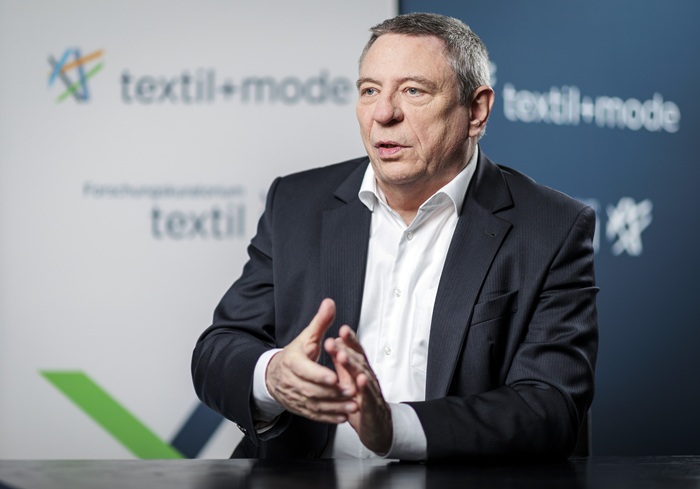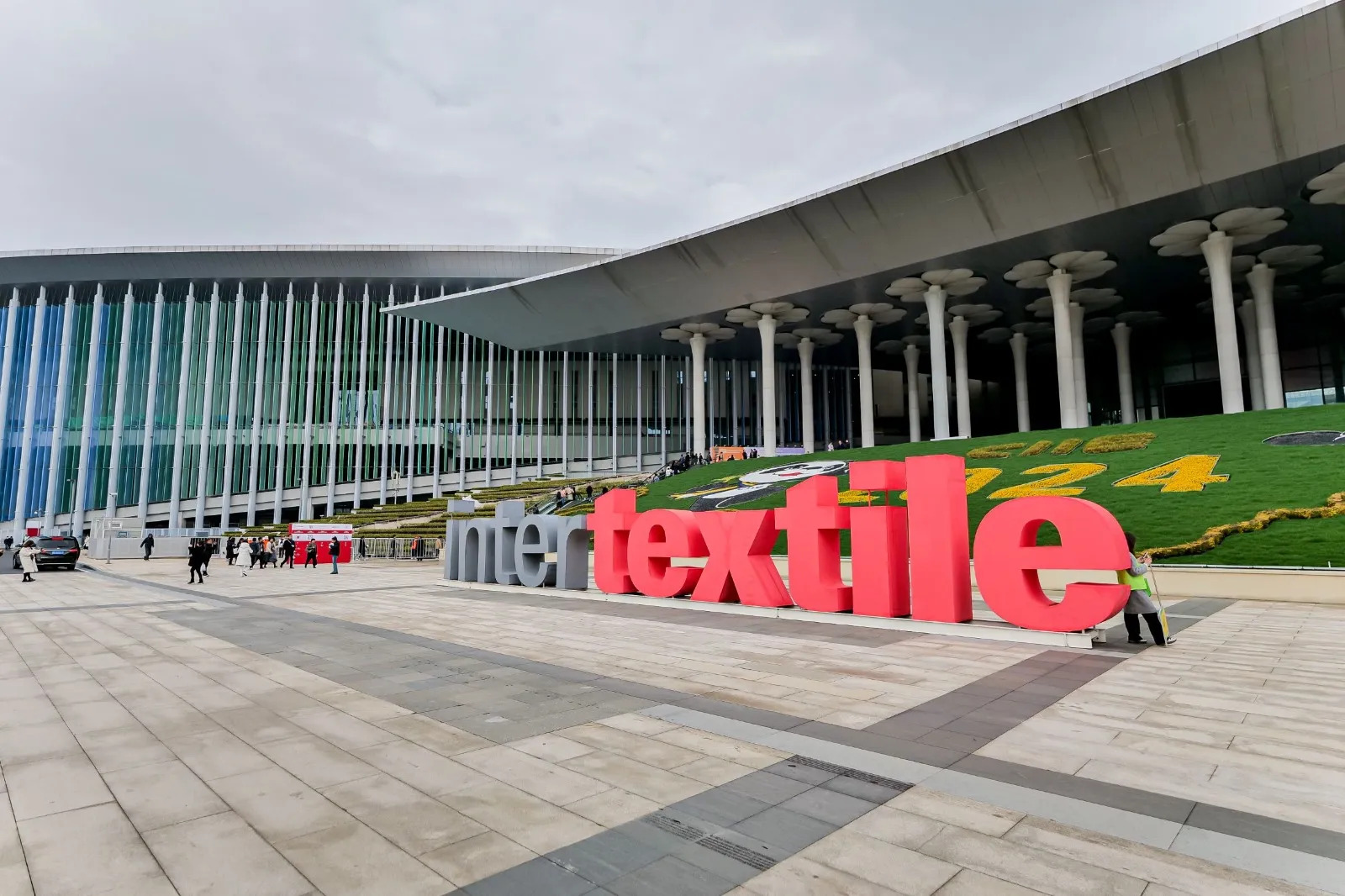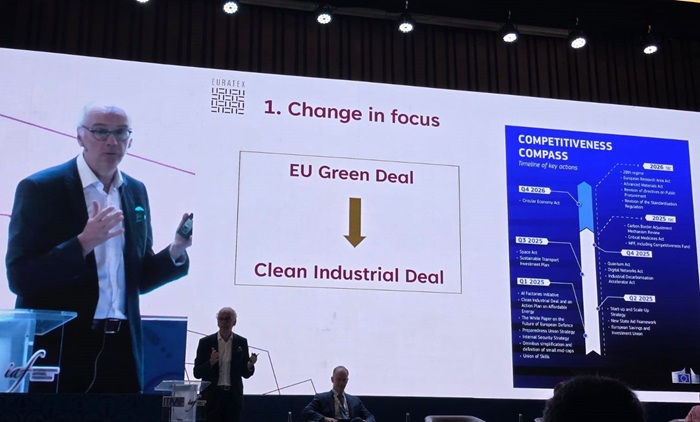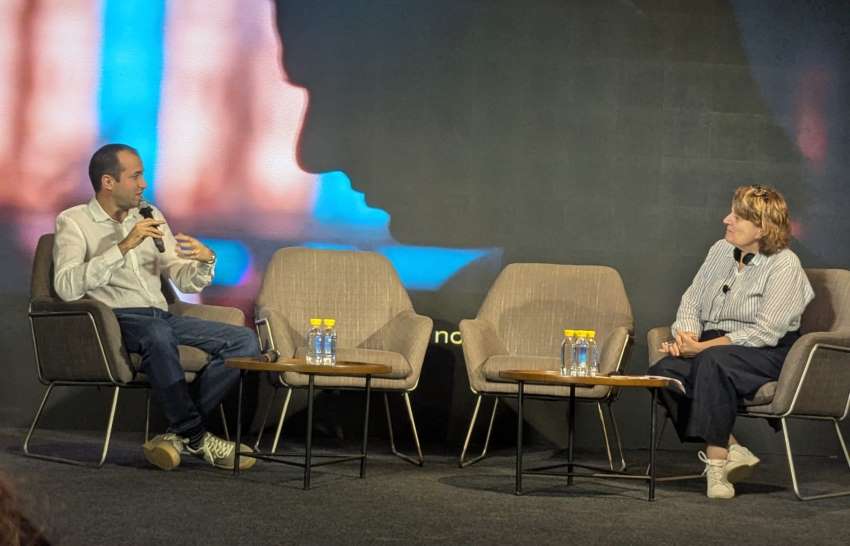FW
The Trans-Pacific Partnership (TPP) trade agreement, of which Vietnam is a member, is expected to reach its conclusion later this year. And with its signing, the Southeast Asian country is emerging as the hot destination for Indian investments. The TPP is a proposed regional free trade agreement aimed at eliminating tariffs and lowering non-tariff barriers that is being negotiated by 12 countries throughout the Asia-Pacific region, which collectively contribute almost half of global output and over 40 per cent of world trade. The 12 countries include Australia, Brunei, Canada, Chile, Japan, Malaysia, Mexico, New Zealand, Peru, Singapore, the United States and Vietnam.
India is eyeing an opportunity to invest in creating a manufacturing base in Vietnam for export to the other TPP member countries to enjoy the free trade access. The Indian government last week launched a preferential credit package worth $300 million for investments in the garment and textile sector of Vietnam over 10 years, according to the Vietnam Textile and Apparel Association (VITAS). India would be supporting investment projects in the garment and textile sector using Indian-made equipment and service up to 75 per cent of the total funding estimated for a single project. The entire credit package, with an interest rate of two per cent per annum for a 10-year term, is conducted through Vietnamese Eximbank under the guarantee of the Ministry of Finance, the VITAS said.
The package will help Indian businesses develop new factories in Vietnam, as well as promote cooperation between Vietnamese and Indian partners in the same field. This is also an opportunity for businesses to gain more advantages after Vietnam joins the TPP trade pact, the VITAS said, citing a document from the Indian government.
Italy is set to announce a €20 million initiative that will help strengthen its relationship with America in the field of textiles, fashion and leather goods exports. Carlo Calenda, Italy’s vise minister of economic development, is to soon detail the Ministry of Economic Development’s year-long plans to help boost exports in these categories. The plan involves trade shows, special events, incoming services and assistance in Italy and a major media campaign.
Maurizio Forte, Trade Commissioner and Executive Director for the US of the Italian Trade Commission believes the American market has the biggest potential and will grow consistently in coming years just the way it has until now. And though Italian labels are present in the coasts, in New York and Miami on the East Coast and Los Angeles on the West, they weren’t present in other places. Therefore, there is great scope for growth in central US states, such as, Texas, Colorado, Montana, etc.
The initiative will benefit Italian brands tremendously, which are present since the eighties. The quality of country’s produce is good, thus it saw a rise in 2014 contributing to a 4.5 per cent market share since 2013.
Export of cotton fabrics, both woven and knitted to Bangladesh and Sri Lanka has been welcomed by Cotton Textiles Exports Promotion Council (Texprocil). This is under the Merchandise Exports from India Scheme (MEIS). A fresh list of textile products that are eligible for exports sops was announced recently by the Director General of Foreign Trade (DGFT). The MEIS scheme, introduced in the Foreign Trade Policy 2015-20 announced recently allows duty credit scrips at the prescribed rates of 2 per cent, 3 per cent and 5 per cent. This is on exports of items to certain countries classified under Group A, B and C.
Texprocil chairman R K Dalmia sees this as a very positive step as it will increase exports to the two countries. Knitted fabrics with H S (Harmonised System) Code 6006, which covers most of the knitted fabrics, though, are excluded from the benefits. Knitted fabrics with Lycra are value added products, which are being widely used in garments. Texprocil wanted the entire range of fabrics to be covered under the benefit to avoid unintended exclusions.
Also, exports of value-added and labour-intensive products such as cotton dyed and printed fabrics and made-ups to different African countries like Mauritania, Mali, Dar Es Salaam, etc, are not included by the MEIS.
Silk Mark Vanya is being held in Kochi from July 22 to 27. Weavers, silk cloth merchants, co-operatives and government departments from the traditional silk producing states of Karnataka, Tamil Nadu, Andhra Pradesh, West Bengal, Jammu and Kashmir, Uttar Pradesh, Chhattisgarh, Jharkhand, Assam, Tripura, Madhya Pradesh and Kerala are exhibiting their collection at the expo. The main aim of the show is to teach people to recognize 100 per cent pure silk from the fake.
The expo features a diverse collection of silks like Kanchipvaram, aarani, crepe, kantha, georgette and many more. Exhibited are a number of silk products like silk carpets, bedspreads, cushions, wallets and also shirts, churidars and scarves. Viewers will be able to see the different stages of silkworms, silk extraction and weaving live. Silk Mark Vanya is an initiative of the Central Silk Board, Union Ministry of Textiles. It is conducted by the Silk Mark Organization of India. With almost 2,700 Silk Mark authorised silk merchants in Kerala, this is the seventh time SMOI is conducting an exhibition.
Silk Mark was launched in 2004. Silk Mark labels are in the form of paper hang tags and sew-in labels. These are affixed only on pure silk products. Each label has a hologram and an unique number printed on it which helps the consumers to trace the product to its authorised user.
silkmarkindia.com/
As per a report by ENDS Europe hormone disrupting chemicals have been found in imported clothing, which are an ‘unacceptable risk’ to the environment. So, to tackle this, EU members states have all agreed to ban this toxic substance that is found widely in clothing. Everyone unanimously voted in favour of extending existing restrictions on nonylphenol ethoxylates (NPE) to imports of clothing and other textile products. This would also protect the sea life. Use of the chemical in textiles was banned in Europe 10 years ago. The substance though is still released in the seas through imported textiles being washed. This chemical is used in textile manufacture as a cleaning, dyeing and rinsing agent. NPE accumulates in the bodies of fish and disrupts their hormones, harming fertility, growth and sexual development.
Sweden had put forth the proposal in 2013. It was backed by scientists at the European Chemicals Agency (ECHA). A study by Greenpeace in 2011 found NPE in two-thirds of clothes tested. This included items sold by big brands such as H&M, Lacoste and Adidas, as well. Though the concentrations of NPE found in the clothing was low, the chemical’s ubiquity in the environment was a risk.
Five years after the European Commission adopts the ban on textiles, it will come in force. This is expected to happen next month.
With many established brands sourcing from the country, Sri Lanka is aiming to be the leader in swimwear market. The country is well on the way to becoming the swimwear destination of the world. At one time, Sri Lanka was known for T-shirts, jeans and intimate apparel. Now the island is planning a swimsuit fashion show on August 7 and 8. The aim is to be the number one swim show in the world and showcase its designers and supply chain partners and Sri Lanka’s destination as one of the most beautiful beach spots in the world.
Swimwear is strategic to Sri Lanka in terms of both fashion consumption and manufacturing. The aim is to compete with top swimwear shows in Miami, and Sao Paulo. The island is armed with technologies like bonding, flocking and laser cutting. With a well-developed supply chain, Sri Lanka is poised to meet orders faster, unlike in the beginning, when materials had to be brought from China or Vietnam.
This ability cuts down lead time by almost half. Swimwear is seasonal and it is not possible to plan much ahead. It’s necessary to design and plan closer to the season.
Pakistan wants to increase its textile exports in the next five years. Special incentives would be given to small and medium enterprises. New schemes and initiatives will be launched to increase the use of information technology. The plan envisages making textile sector compliant with labor and environment rules and conventions domestically and internationally. Textile units will be encouraged to use modern management practices for improving efficiency and reducing waste. The government will also provide vocational training to 12,000 workers.
Pakistan is the eighth largest exporter of textile products in Asia and the fourth largest producer of cotton with the third largest spinning capacity in Asia after China and India. Organisational rules will be amended to extend incentives to employees on the basis of performance and output. The proposed measures include formulation of a new policy as well as restructuring of institutions dealing with cotton to promote availability of better cotton for the value-added sector in the textile value chain.
Cotton standardisation and clean cotton with reduced contamination levels will be facilitated through upgradation of ginning machinery. A comprehensive training and capacity building program would be developed to establish a system in the private sector for grading and classifying cotton, ensuring that proper premiums are paid on cotton.
Myanmar is gaining reputation as a viable sourcing country, and has taken steps like establishing a minimum wage, but hurdles remain. The new nationwide minimum wage was imposed in June. But garment factory owners have been fighting the increase saying it would cripple the sector and some facilities would face closure. Factory owners are seeking lower wage increase.
The minimum wage level, even if it’s imposed, has to be done uniformly across all industries. If garment industry wage levels are lower than other industry levels, there may be problems in attracting and retaining skilled labor force. There is a need for freedom of association, which should lead to dialogue between employer and worker representatives to get issues settled constructively and will allow for the right to organize and collective bargaining to continue.
When violence is used by public or private sector security forces to curtail workers’ peaceful protests, this is likely to be more of a deterrent to companies considering sourcing from Myanmar than the strikes themselves, and will have a significant negative impact on Myanmar’s reputation.
If worker representatives are detained or dismissed for striking, that doesn’t bode well for Myanmar’s reputation either—and investors will take note.
British men's sportswear label Beb Sherma, is officially sold to US brand, Marquee Brands for £40.8 million (€58.52 million). This was after the label’s parent company, Oxford Industries made an announcement that they were looking for a potential buyer. Oxford’s chairman and CEO Thomas C Chubb III made a comment about Ben Sherman’s efforts, their dedication and enthusiasm appreciating the label. He further stated that they were looking forward to working with Marquee Brands and believed that this association will benefit both companies.
Established in 1963, Ben Sherman, has been owned by Oxford Industries for 10 years. Last year, the label generated $77.5 million in sales and a loss from operations of $10.8 million. In 2013, the sales were 67.2 million and loss $13.1 million. The brand shows an improvement in the 2014 sales.
A brand acquisition, licensing and development company, Marquee Brands, operates together with Neuberger Berman Private Equity. It identifies brands in various consumer product segments to expand their reach across retails channels, product category and geography. At present, Marquee Brands owns the Italian footwear label, Bruno Magli they acquired in early 2015.
Vietnam’s textile and garment export turnover has reached $12 billion this year, representing a modest increase of 9 per cent compared to the same period last year. The current figure is a three-year low, and much lower than the 19 per cent growth rate last year.
However, according to a Vinatas report, the number of foreign invested garment & textile factories has been increasing dramatically as foreign investors have been flocking to Vietnam to take full advantage of the free trade agreements (FTAs) of which Vietnam is a member. The Foreign Investment Agency (FIA) has confirmed that most foreign direct investment (FDI) projects are in the textile & garment sector.
But Vinatas points out that Vietnamese enterprises made up only 27.5 percent of the $12 billion worth of export turnover, while the remaining was created by foreign invested enterprises (FIEs). Vinatas has confirmed that the number of orders from Vietnam’s key markets such as the EU and Japan is on the decrease.
www.vinatas.com,vn












